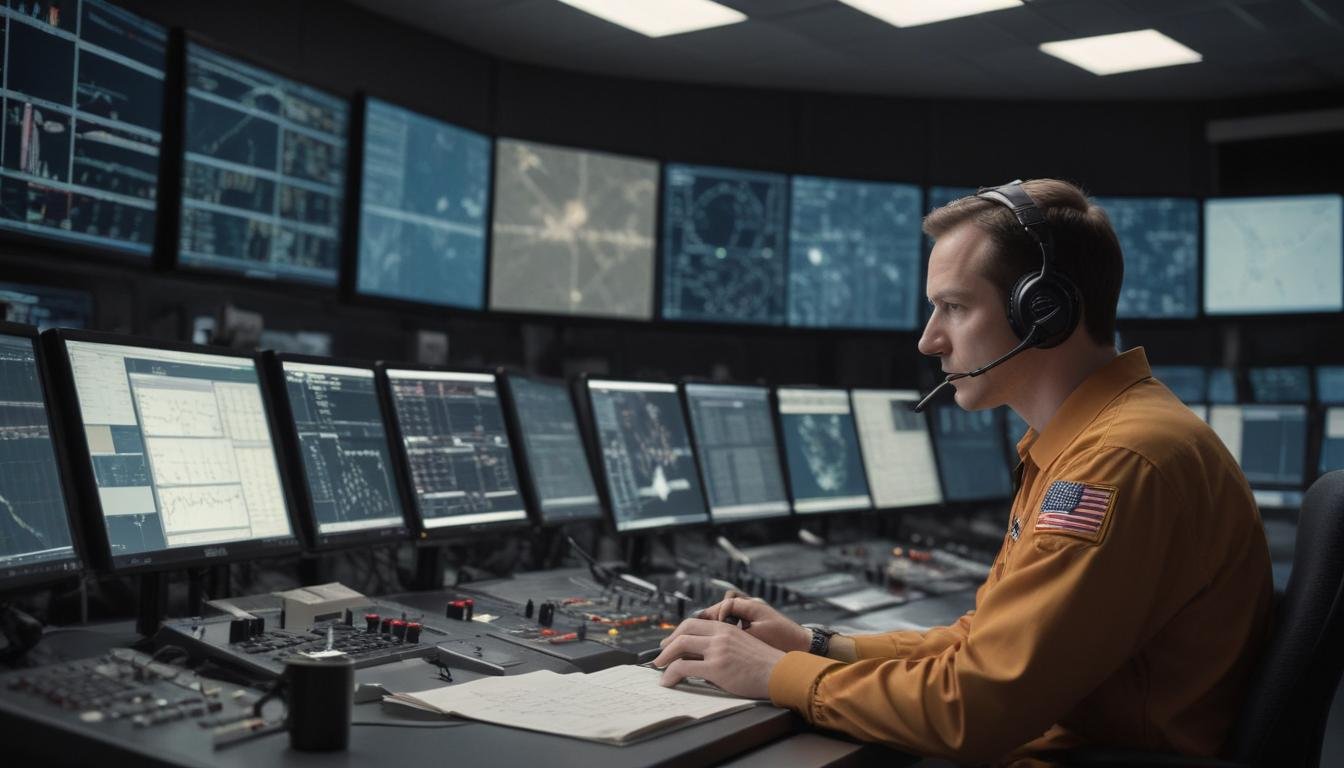They say space is the final frontier. But what if the tools we need to truly conquer it are locked within the infinitesimally small? I’m talking about quantum computing, of course. I’ve spent the better part of five decades wrestling with qubits and entangled particles, and let me tell you, the potential to revolutionize space exploration is… well, astronomical.
From Room-Sized Computers to Pocket-Sized Quantum Powerhouses: A Journey
Back in my day, a computer that could barely handle a simple trajectory calculation filled an entire room. Now, we’re on the cusp of having quantum computers, potentially the size of a smartphone, capable of simulating entire galaxies. It’s a shift so profound it almost feels like science fiction, yet here we are. But why does space exploration *need* quantum computing? Let’s break it down.
The Data Deluge: Navigating the Information Avalanche
Space missions generate unimaginable amounts of data. Think about the James Webb Telescope – a marvel of engineering sending back breathtaking images. Traditional computers struggle to process this data efficiently, leading to bottlenecks and delays. Quantum computers, with their ability to perform complex calculations exponentially faster, could sift through this data like a hot knife through butter, identifying patterns and insights that would otherwise remain hidden. Imagine discovering a new, potentially habitable exoplanet, not in months, but in days. That’s the power we’re talking about. We’re not just talking about speed; we’re talking about unveiling information hidden within the noise, secrets the universe holds close.
Optimizing Trajectories: The Quantum Route to Efficiency
Planning interplanetary trajectories is notoriously complex. It’s a multi-dimensional optimization problem involving gravity, fuel consumption, and a whole host of other variables. Traditional algorithms often get stuck in local optima, meaning they find a “good enough” solution, but not the absolute best. Quantum algorithms, like quantum annealing, can potentially find these global optima, enabling us to design more efficient trajectories, reducing fuel consumption, and shortening travel times. Think about a mission to Mars – shaving months off the journey not only saves money but also dramatically reduces the risks to the astronauts. We move closer to a future of interstellar travel, one optimized quantum calculation at a time.
Materials Science: Forging the Future of Spacecraft
Space is a harsh environment. Extreme temperatures, radiation, and the constant threat of micrometeoroids demand materials that are both incredibly strong and lightweight. Discovering new materials with the desired properties is a daunting task. Quantum computing offers the possibility of simulating the behavior of materials at the atomic level, allowing us to design and test new alloys and composites *before* ever setting foot in a lab. Imagine designing a spacecraft hull that can withstand the rigors of interstellar travel, all within the confines of a quantum simulation. We could engineer materials with properties previously thought impossible, opening up entirely new possibilities for space exploration.
Beyond the Horizon: Quantum Sensors and Communication
But it doesn’t stop there. Quantum sensors, with their unparalleled sensitivity, could detect faint gravitational waves or subtle variations in magnetic fields, providing insights into the structure of the universe. Quantum communication, with its inherent security, could ensure that our communications with distant spacecraft are protected from eavesdropping. We’re on the verge of a new era of quantum-enhanced space exploration, where the boundaries of what’s possible are constantly being redefined.
Of course, there are challenges. Building and maintaining stable quantum computers is no easy feat. Developing quantum algorithms tailored to specific space exploration problems requires significant research and development. But I’ve seen enough breakthroughs in my career to know that these challenges are not insurmountable. In fact, I believe they are opportunities – opportunities to push the boundaries of human knowledge and ingenuity.
So, as we stand on the precipice of a new age of space exploration, let’s embrace the power of quantum computing. Let’s unlock its potential to propel us further into the cosmos than ever before. The stars await, and with quantum computing as our guide, we are poised to reach them.
Now, a question I often ponder… Will our quantum-enabled journey into space lead us to understand the very nature of reality itself? Or will we simply find more beautiful puzzles to solve? Perhaps, the real answer lies somewhere in between.

